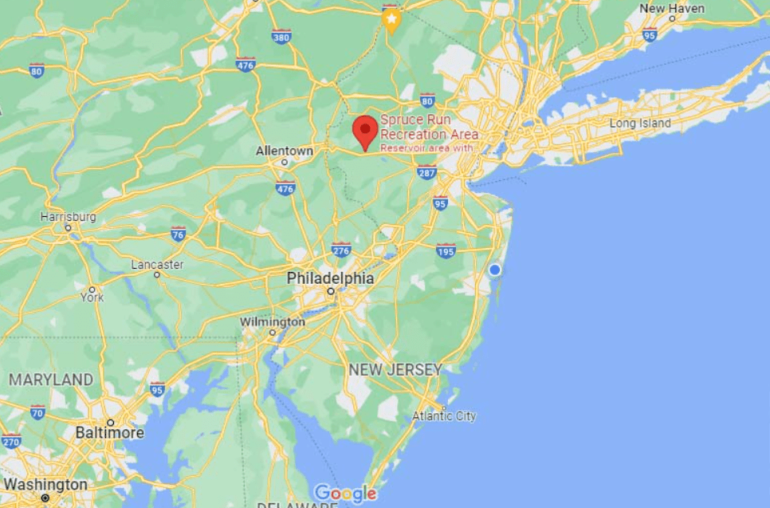TL;DR:
- University of Delaware study examines 285 Philadelphia parks using machine learning and social media data.
- High-quality parks tend to be located in affluent, white, and college-educated neighborhoods.
- Lower-rated parks are often found in historically marginalized areas with low-income, Black and Hispanic populations.
- The study highlights disparities in park access for young children, citing safety concerns and drug-related issues.
- Researchers call for equitable allocation of resources to improve parks in underserved neighborhoods.
Main AI News:
In bustling urban landscapes, access to green spaces is vital for fostering healthy communities. These urban oases offer a sanctuary for outdoor activities, social interactions, and respite from the concrete jungle. However, not all city parks are created equal, and a recent study conducted by the University of Delaware has shed light on the stark disparities in Philadelphia’s green havens.
This groundbreaking research employs cutting-edge machine learning algorithms to analyze a vast dataset of over 100,000 park reviews gathered from Google Maps, spanning 285 parks across the city. The findings reveal a troubling truth: the highest-rated parks are predominantly nestled in affluent neighborhoods with predominantly white and college-educated residents. Conversely, areas inhabited by historically marginalized communities, characterized by low-income households, Black and Hispanic populations, and lower educational attainment, suffer from underprivileged parks.
To substantiate these findings, the research team utilized satellite and aerial imagery, as well as data from police reports and the Philadelphia Parks and Recreation Department, to corroborate the reviews with the physical characteristics of the parks. This meticulous analysis, published in Scientific Reports and led by Matthew Walter, a doctoral student in the Department of Geography and Spatial Sciences, underscores the urgency of addressing this issue.
Walter highlights the power of social media as a tool for gauging public sentiment, stating that, “by scrutinizing social media reviews spanning from 2011 to 2022, we were able to gain insights into how a significant portion of Philadelphia’s population perceives its urban parks.” Analyzing this unstructured data using Natural Language Processing techniques, the researchers distilled the text-based reviews into distinct categories or topics, unveiling the key factors that influence public opinion.
The study identified eight topics, each associated with ten anchor words, offering a comprehensive view of park-goers’ experiences. It became evident that neighborhoods with older residents, higher incomes, college degrees, and predominantly white populations enjoyed better park quality, while parks in predominantly Black or Hispanic neighborhoods with lower incomes and education levels faced lower scores.
The divide was glaringly apparent, with Northwest and Central Philadelphia boasting highly-rated parks like Wissahickon Valley Park, Love Park, Rittenhouse Square, Logan Square, Washington Square, and Franklin Square, serving privileged communities. In contrast, census tracts with lower park scores revealed neighborhoods where the residents, predominantly Black or Hispanic, lived below the poverty line, lacked educational opportunities and often had young children.
The study’s lead, Pinki Mondal, underscores the importance of this empirical evidence, stating that, “location matters, and this data-oriented study validates what we experience in our day-to-day lives.” Moreover, the research affirms that the very demographic group that needs access to high-quality parks the most, young children, often face inadequate conditions and safety concerns in their local green spaces.
As we delve deeper into the data, it is disheartening to discover that many parents hesitate to bring their children to parks due to concerns about drug use and the unsafe conditions of park equipment. These issues paint a grim picture of inequality in recreational opportunities for the most vulnerable members of our communities.
Both Mondal and Walter advocate for a reconsideration of resource allocation in Philadelphia’s park improvement initiatives. Rather than pouring more funds into already well-endowed parks, they suggest a more equitable distribution of resources, with a focus on smaller parks in underserved neighborhoods.
This study serves as a clarion call for policymakers and city planners to prioritize equitable access to high-quality parks for all residents. It provides a roadmap for addressing the concerns of marginalized communities and creating a more inclusive urban landscape where everyone can enjoy the benefits of green spaces. In the quest for a healthier, more vibrant city, no one should be left behind.
Conclusion:
This study underscores the profound disparities in the quality of urban parks in Philadelphia, revealing a stark contrast between privileged and marginalized communities. Market-wise, this data points to an opportunity for businesses and investors to contribute to improving parks in underserved neighborhoods, not only as a means of addressing social inequities but also as a potential catalyst for urban development and community well-being.

